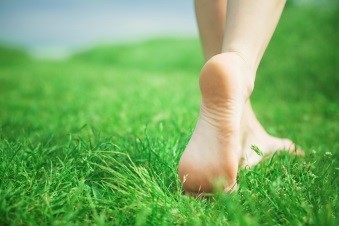
 Corns seem to be one of the more common foot problems that plague women. Also grouped in with hammertoes, corns form as a result of continual rubbing and pressure against the skin. In response, “the skin tries to protect itself by forming a thick corn versus breaking down and ulcerating.” Corns can be a painful, unsightly nuisance on the skin. Avoid tight-fitting shoes, as they can contribute to the forming of corns.
Corns seem to be one of the more common foot problems that plague women. Also grouped in with hammertoes, corns form as a result of continual rubbing and pressure against the skin. In response, “the skin tries to protect itself by forming a thick corn versus breaking down and ulcerating.” Corns can be a painful, unsightly nuisance on the skin. Avoid tight-fitting shoes, as they can contribute to the forming of corns.
If you have any concerns regarding your feet and ankles, contact Dr. Todd Goldberg of Complete Family Foot Care Center, P.C. Our doctor can provide the podiatric treatment you seek.
Corns: What are they? And how do you get rid of them?
Corns can be described as areas of the skin that have thickened to the point of becoming painful or irritating. They are often layers and layers of the skin that have become dry and rough, and are normally smaller than calluses.
Ways to Prevent Corns
There are many ways to get rid of painful corns such as wearing:
- Well-fitting socks
- Comfortable shoes that are not tight around your foot
- Shoes that offer support
Treating Corns
Treatment of corns involves removing the dead skin that has built up in the specific area of the foot. Salicylic acid can help in getting rid of these corns because it dissolves keratin, which is the protein that makes up a good majority of corns. Podiatrists recommend that people with diabetes not use salicylic acid but should consult with their podiatrist regarding the treatment of corns.
If you have any questions please feel free to contact one of our offices located in Littlestown, PA. We offer the newest diagnostic and treatment technologies for all your foot and ankle needs.